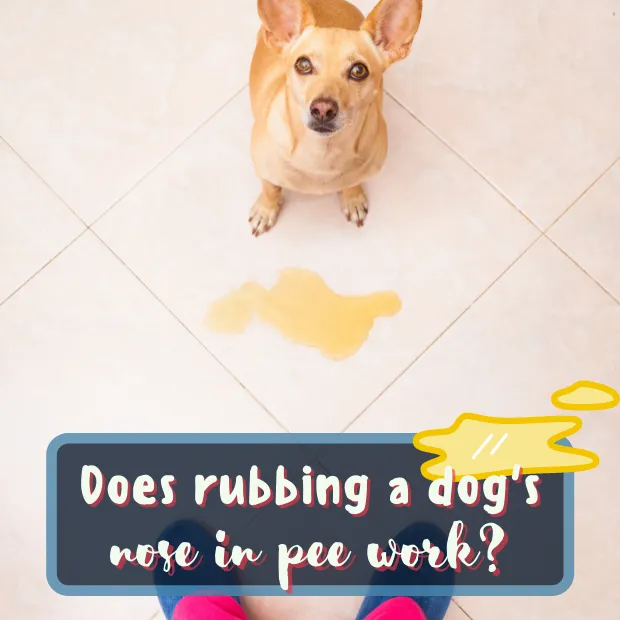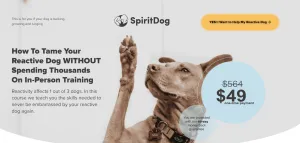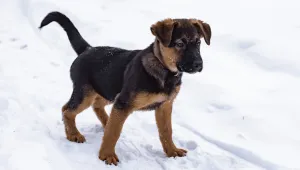There’s no doubt that dogs can be messy. They seem to have an innate ability to find the one spot in your house where you just cleaned up, and pee on it. If only there was a way to make them stop…or is there?
Some people believe that if you rub your dog’s nose in their own urine to punish them after they go potty, they’ll learn not to do it again. But does rubbing a dog’s nose in pee work? Or is it just a old wives’ tale?
Spoiler alert – it’s not a good idea! Keep reading to find out why!
Table of Contents
ToggleContents of this article:
- What does science say about rubbing a dog’s nose in pee to punish them for going potty inside?
- Does rubbing your dog’s nose in pee work, or does it just make dogs scared of their owners and housebreaking more difficult?
- So what should you do instead if you want to housebreak your dog and prevent them from peeing inside?
- Does rubbing a dog’s nose in pee work?
What does science say about rubbing a dog’s nose in pee to punish them for going potty inside?
There is actually very little scientific research on this topic, as it is generally believed to be an old wives’ tale. Dogs may be more likely to avoid going potty in front of their owners if they are punished in this way.
This method is likely to be ineffective as dogs will quickly learn to associate their owners with punishment. This could lead to further behavioral problems down the road.
Does rubbing your dog’s nose in pee work, or does it just make dogs scared of their owners and housebreaking more difficult?
There is no evidence to suggest this method works. Dogs who are punished in this way are more likely to avoid toileting within sight of their owners as they learn their owners are unpredictable and scary.
This presents issues because your puppy will be worried about peeing in front of you, even outdoors. This can lead to unsuccessful trips out to the garden, only for your dog to hide from you upon coming indoors and toileting where they shouldn’t.
Dogs do not associate an action with a consequence unless the consequence happens within a few seconds of the behavior, so if you come home to a wet patch and rub your dog’s nose in it, they will make no connection between the two events.
In other words, it is highly unlikely that rubbing your dog’s nose in pee works, or that it will lead to any long-term house training improvements.
So what should you do instead if you want to housebreak your dog and prevent them from peeing inside?
The best approach for effectively house training a dog involves positive reinforcement techniques.
- Reward your dog with a high value treat when they go potty outside.
- Take your dog outside on a schedule, at least once every hour.
- Give them an opportunity to toilet upon waking, after playing and after eating.
- Take them to the same spot in the garden each time.
- Be boring and don’t interact with your dog until after they’ve performed, so that they don’t get distracted and forget why they’re out there.
- When they are indoors, watch them closely for signs they are looking for a toilet spot.
- Be consistent with your commands, using the same word or phrase each time you take them out.
- Clean up any accidents with enzymatic cleaner to avoid your dog marking in the same spot repeatedly.
Does rubbing a dog’s nose in pee work?
Punishing your dog by rubbing their nose in urine is an ineffective and outdated method that can cause more harm than good.
Dogs are much more likely to learn and respond to positive reinforcement, rather than punishment.
If you have any concerns about your dog’s house training progress, or if you’re experiencing any problems, it’s best to consult with a professional trainer or behaviorist for help.
For more help on toilet training, check out these other related posts:







